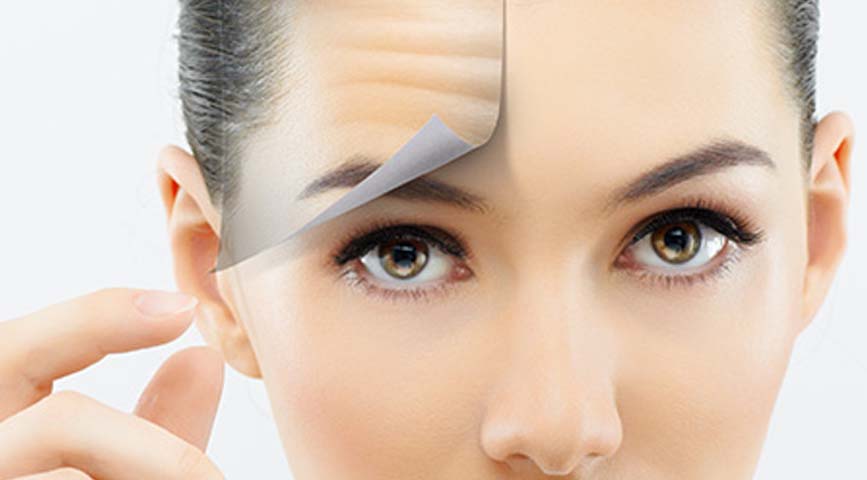
Wrinkles Iron those crinkles away!
Trying all sorts of ways to rid yourself of those unsightly crow’s feet that betray your age when you smile? As you get older, the skin gets less elastic and less able to cope with damages. The top layer of the skin, known as the “epidermis”, becomes thinner with age, and the inner fat layer also decreases, resulting in a wrinkling and sagging appearance.
Reduce Sun exposure
In wrinkle management, prevention is often better than cure. Although genes determine the skin structure and texture, sun exposure has been shown to be the main cause of undesired wrinkles. To save yourself the trouble in future, it would be a good idea to avoid the factors that would accelerate wrinkle formation now.
Wrinkles are most common on sun-exposed skin areas such as the face, neck, hands, and forearms. Hence, you should reduce your exposure to ultraviolet (UV) rays as it breaks down the skin’s supporting tissues, leaving the skin wrinkly.
What time of the day has the most UV rays?
The UV rays from the Sun are strongest between 10am to 2pm, so avoid going outdoors at this time. If sun avoidance is not possible, always use a broad-spectrum sunscreen with sun protection factor (SPF) values of at least 15. Broad-spectrum sunscreens offer protection against both UVA and UVB radiation, thus also protecting against skin cancer. Alternatively, you can protect yourself by wearing a large-brimmed hat, a long-sleeved shirt, and pants.
Put out that cigarette for good
Another way to reduce wrinkle formation is to quit smoking. Not only does smoking reduce the production of collagen, some toxic substances in cigarettes also reduce blood supply to the skin, ultimately accelerating the ageing process. Hence, quitting smoking is probably one of the best things that you can do for your skin.
Less Squinting, less wrinkles
You should also avoid squinting, as the repeated facial muscle contractions would deepen the lines around your eyes and worsen wrinkles. Wear sunglasses while exposed to the sun and check your eyesight at least yearly to minimize squinting. Also, avoid sleeping face-down as that exerts weight on your compressed skin.
Anti-wrinkle Creams
However, do not fret if there are already unsightly furrows on your face! There are plenty of over-the-counter anti-wrinkle creams available to help you. They typically contain ingredients such as retinol (vitamin A), alpha hydroxyl acid, or antioxidants (like selenium, vitamin E and vitamin C).
Ingredients like antioxidants have been postulated to protect the skin cells from free radicals to help fight wrinkles. Vitamin A and alpha hydroxyl acid also function as exfoliators to stimulate new skin growth, thus reducing the development of fine wrinkles. However, due to the lack of active ingredient standardisation and proven effectiveness, improvements may often be limited and individual results vary.
In addition to anti-wrinkle creams which can be bought over-the-counter, doctors can prescribe topical retinoids (derivatives of vitamin A) that have been shown to be effective in wrinkle treatment. However, skin irritation, redness, or peeling is common with the use of topical retinoids. For resistant cases, procedures such as chemical peels, dermabrasion, or botulinum toxin type A injection may be considered. Speak to your skin doctor about these procedures.






